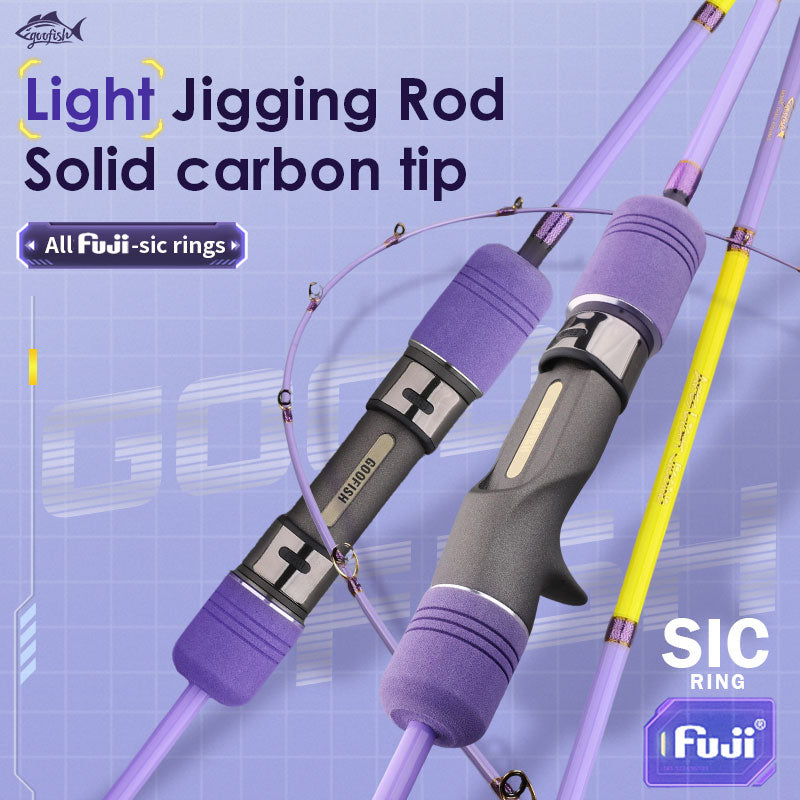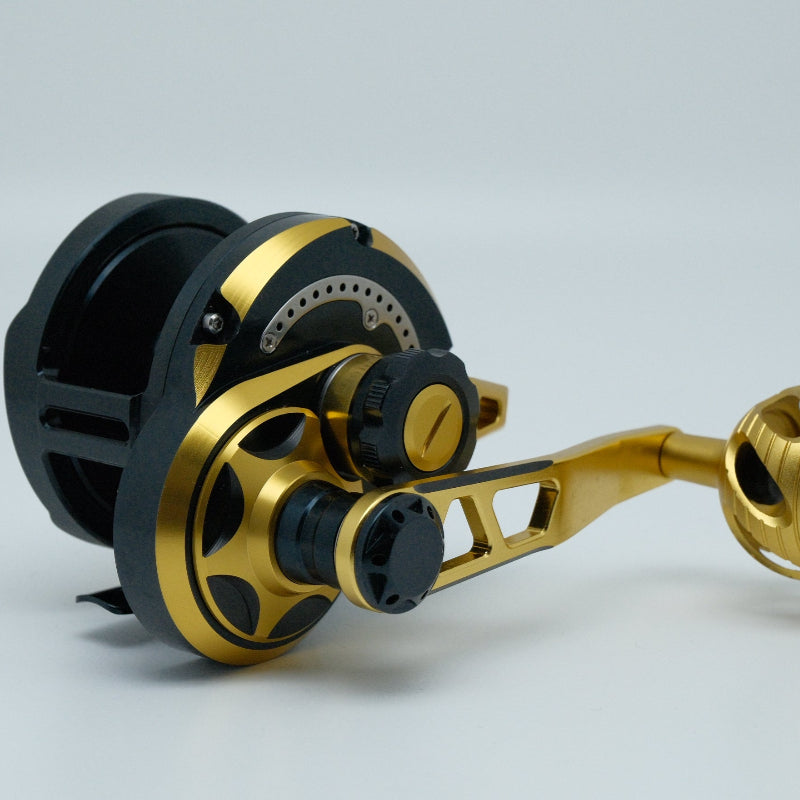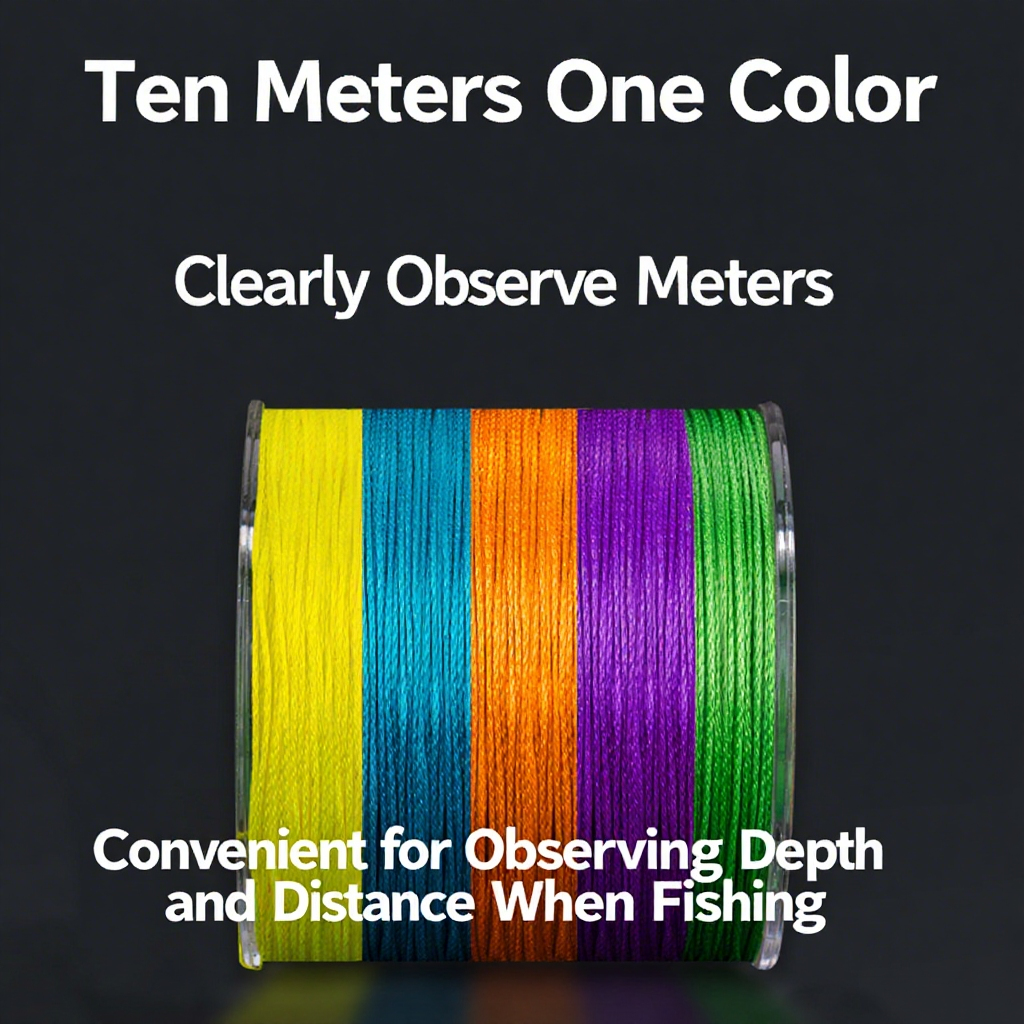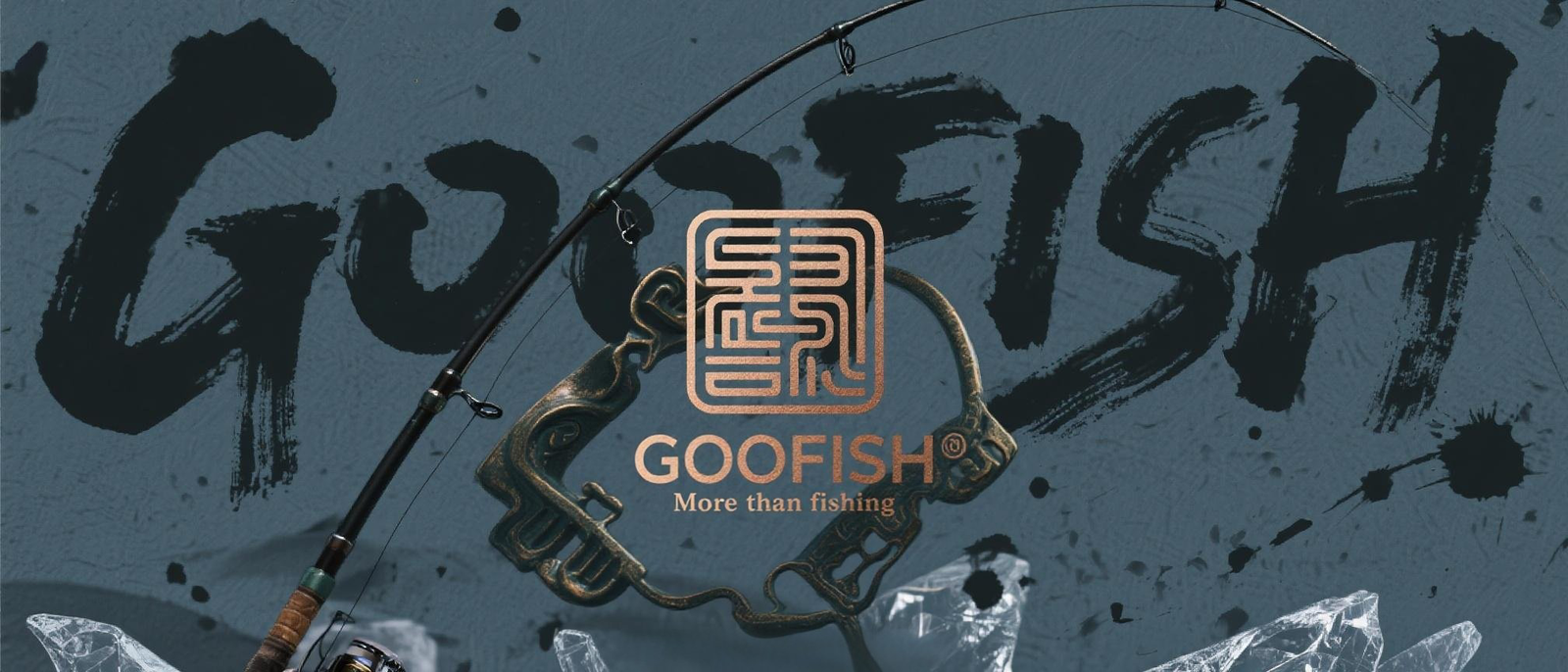Does Your Rod "Talk"? Decoding Trout Bite Cues Through Handle Vibration and Sensitivity
When it comes to trout fishing, your rod isn’t just a tool—it’s a bridge between you and the underwater world. Every twitch, tap, or subtle vibration can signal a trout’s interest in your bait. But how do you decode these signals effectively? The answer lies in understanding how your rod’s design, especially its handle vibration and sensitivity, influences your ability to detect bites. Whether you’re casting with a large trout rod for big catches or a trout spinning rod for precision, mastering this “rod-talk” can transform your fishing game.
Why Handle Vibration Matters in Trout Fishing
Trout are masters of stealth, often nibbling at bait with delicate bites that can go unnoticed if your rod lacks sensitivity. The handle—specifically its material, thickness, and flexibility—acts as a conduit for these micro-movements from the water to your hand. A well-designed fishing rod, such as a large trout rod built with high-modulus graphite or carbon fiber, minimizes energy loss, ensuring even the slightest tap from a trout translates to a noticeable vibration. This sensitivity is critical for spotting “takes” versus errant water disturbances, saving you from false alarms and missed opportunities.
Choosing the Right Rod for Bite Detection: Size, Length, and Purpose
Not all trout rods are created equal, and selecting the right one depends on your target species, fishing environment, and technique. Let’s break down key factors:
-
Size and Power: Matching Rod Weight to Trout Species
- For targeting larger trout like rainbows or browns, a largest rainbow trout pole (or a heavy-duty trout rod) offers the backbone needed to handle strong fighters. These rods balance sturdiness with enough flex to transmit vibrations without sacrificing responsiveness.
- Lightweight spinning rods, such as a trout spinning rod, are ideal for smaller creeks or fly fishing setups, where precision and sensitivity outweigh brute strength. Their thin handles and balanced tips amplify even the faintest nibbles.
-
Length: Reach and Control
Longer rods (7–9 feet) provide extended casting range and better line control in open waters, helping you present baits naturally. Shorter rods (5–6 feet), however, excel in tight spaces (like dense streams) and offer improved sensitivity, as there’s less rod length to dampen vibrations. -
Handle Design: Ergonomics and Feedback
Look for handles with a comfortable grip (e.g., cork or EVA foam) and a transition zone that tapers smoothly into the rod blank. A well-contoured handle ensures you maintain a firm hold without fatiguing, allowing you to focus on subtle cues. Avoid overly bulky handles, which can numb vibrations and hinder bite detection.
Practical Tips for Using Your Rod to Spot Bites
Once you’ve selected the right rod, honing your ability to interpret vibrations is key. Here’s how to get started:
- Pay Attention to “Tapping” vs. “Thumping” Signals: A light, rhythmic tap often indicates a curious trout sampling bait, while a sudden, forceful thump suggests a committed strike. A large trout rod’s sensitivity helps distinguish these nuances.
- Feel for “Line Slack” or “Rod Tip Dips”: Even if vibrations are subtle, a trout’s weight can pull your line taut or cause the tip to dip. Combine handle feedback with visual cues (e.g., line movement) for confirmation.
- Practice in Calm Conditions: Start in quiet waters to train your hand to recognize baseline vibrations, then adapt to noisier environments as your skill improves.
Is Your Trout Rod Ready for Action? Consider Upgrading or Shopping Smart
If your current rod struggles to deliver clear bite signals, it might be time to invest in a model designed for sensitivity. Check out local tackle shops or online retailers for deals on trout rod sale near me, focusing on options with high customer reviews for vibration transmission. Remember: a quality rod isn’t just an expense—it’s an investment in your fishing success.
Conclusion: Trust Your Rod, Trust the Vibe
In trout fishing, every second counts. By choosing a rod that prioritizes handle vibration and sensitivity—whether it’s a large trout rod for big water, a trout spinning rod for finesse, or a largest rainbow trout pole for trophy catches—you’ll gain a competitive edge. Remember: your rod doesn’t just catch fish; it tells you when they’re ready to bite. So next time you’re on the water, listen closely—you might be surprised by what your rod has to say.











Leave a comment